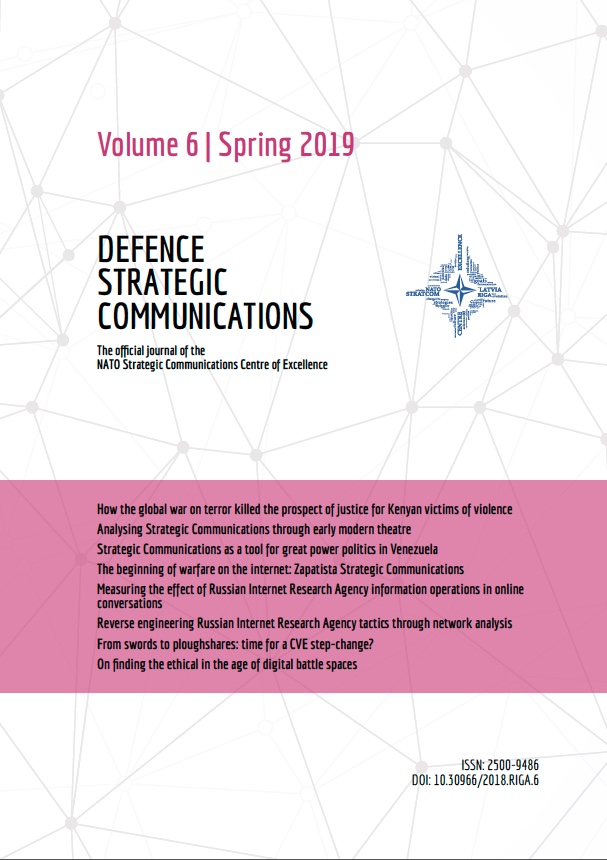The familiar distinction between hard and soft power, which seemed a useful way to simplify the multidimensional dynamics of interstate influence in the century gone by, seems hopelessly insufficient to describe what is happening in the one we are in now. The reason is, of course, the comprehensive breakdown of the post-war order and the apparent return to Bismarckian competition between nation states. Future historians looking for the cause of this return to Realism will not be short of suspects, but perhaps in retrospect it was unfortunate that globalisation was carried forward under the banner of neoliberalism, given the role of deregulated financial markets in the crash of 2008.
Alongside this return to more anarchic relationships among nation states, we also have an increasing breakdown in the economic, cultural, and political order within them. The old alternation between centre left and centre right parties within political systems, bounded and ballasted by mixed economies and relatively generous welfare states, is eroding and European elections are able to produce results that would have been unthinkable a generation ago. That political motility reflects a dissolving of the old sources of authority within the media: the digitisation and socialisation of mass communication has created many competing sources of fact and opinion, with the result that societies are losing their common ground, both in terms of the mutually agreed facts, and in the way those facts can reasonably be interpreted. We are living in a period where technological progress is creating an ‘age of anger’. In the words of one recent book that attempted to summarize the zeitgeist, our current era is characterised by ‘a loss of cohesion and confidence and a greater willingness to accept the remedies put forward by populist politicians’.
Read the full Review here



